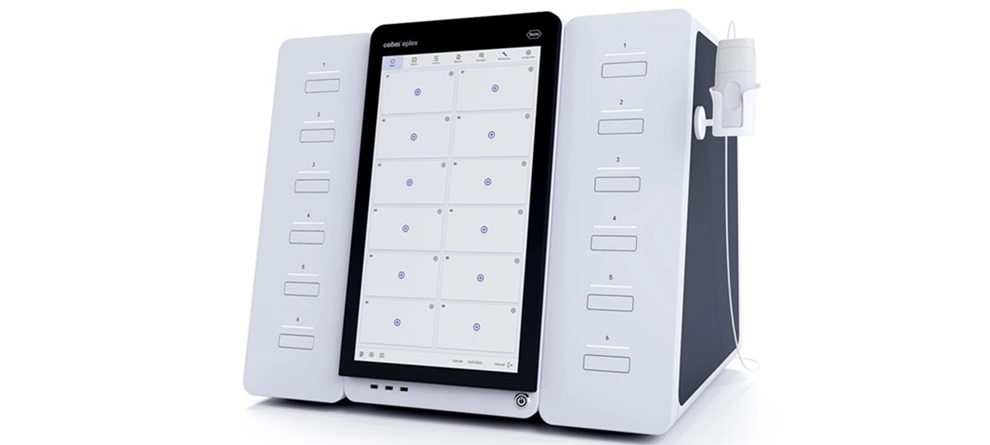Novel Method Tracks T-Cells in HIV Patients
By LabMedica International staff writers
Posted on 24 Feb 2014
The determination of the precise lifespan of a human T-cell is challenging due to inability of standard techniques to distinguish between dividing and dying cells.Posted on 24 Feb 2014
The duration of in vivo persistence can be measured by following a pool of T-cells that were "naturally" labeled with a single integrated clone of a replication-incompetent human immunodeficiency virus (HIV-1), called a provirus.

Image: Scanning electron micrograph of human immunodeficiency viruses attached to a human CD4 T-cell (Photo courtesy of Thomas Deerinck).
Scientist from the National Institute of Allergy and Infectious Diseases (Bethesda, MD, USA) have discovered a novel method for tracking cluster of differentiation 4 (CD4+) T-cells in people infected with HIV. CD4+ T-cells are critical for immune defense against an array of pathogens and are a primary target of HIV. They utilized a combination of techniques to sequence/map an integration site of a unique provirus with a stop codon at position 42 of the HIV-1 protease. The defective virus had integrated into the genome of a single CD4+ T-cell.
In vitro reconstruction of this provirus into an infectious clone confirmed its inability to replicate. By combing cell separation and integration site-specific polymerase chain reaction (PCR) techniques, they were able to follow the fate of this single provirus in multiple T-cell subsets over a 20-year period. As controls, a number of additional integrated proviruses were also sequenced and analyzed with the ABI PRISM 3130xl Genetic Analyzer (Applied Biosystems; Foster City, CA, USA).
This innovative method allows scientists to distinguish dividing cells from dying ones, something that has not been possible with existing labeling techniques, but is essential for studying how immune cells survive HIV infection. The replication-incompetent HIV-1 provirus was solely contained in the pool of effector memory (EM) CD4+ T-cell for 17 years. The percentage of the total EM CD4+ T-cells containing the replication-incompetent provirus peaked at 1% with a functional half-life of 11.1 months. In the process of sequencing multiple proviruses, they also observed high levels of lethal mutations in the peripheral blood pool of proviruses.
The scientists also observed in the blood cells of patients a higher frequency of defective HIV proviruses than what has been reported in previous work. Although these defective variants cannot produce an infectious virus, many retain the ability to generate small pieces of HIV, leading the investigators to speculate that these "foreign materials" within CD4+ T cells may play a key role in the ongoing immune activation that is characteristic of HIV infection, including in patients with "undetectable" virus in their blood. The study was published on January 31, 2014, in the journal AIDS.
Related Links:
National Institute of Allergy and Infectious Diseases
Applied Biosystems













